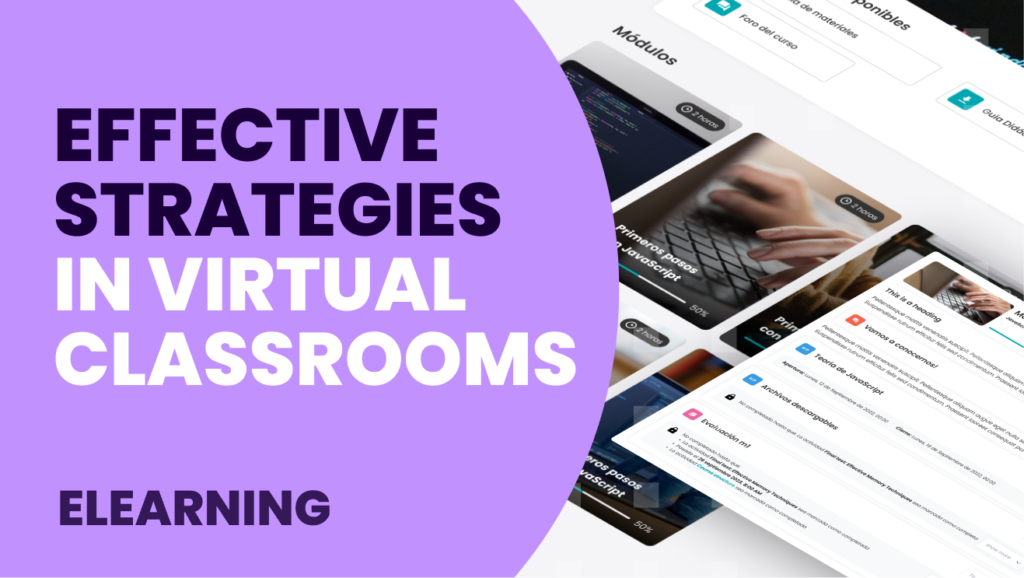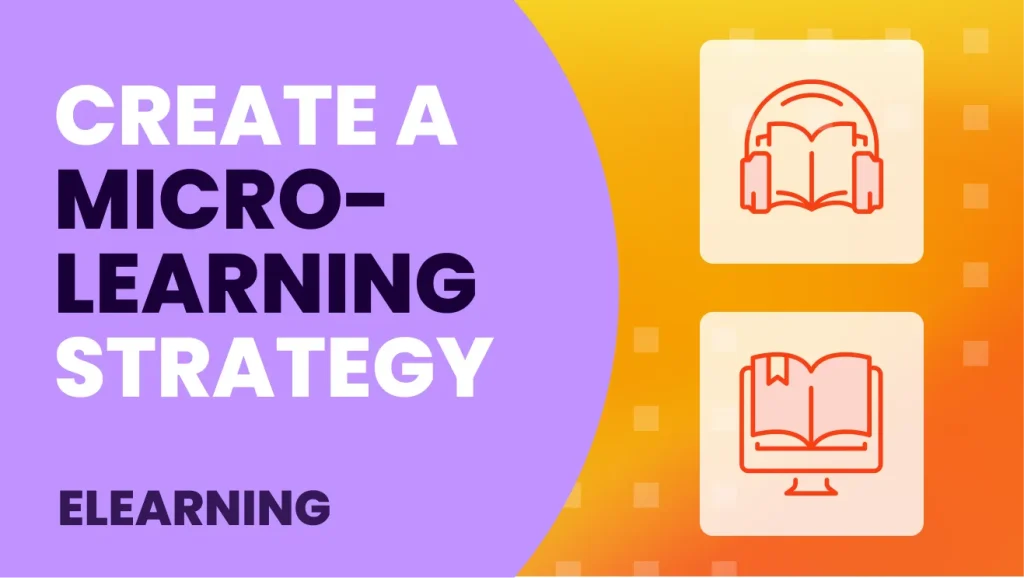Virtual classrooms have become a fundamental tool for education at all levels in the digital age. With the increasing demand for online learning, educators must use effective strategies to maximise the potential of this environment. In this article, we explore several proven strategies for improving the learning experience in virtual classrooms, from content organisation to active student participation.
Interactive content design
The design of interactive content is essential to keep learners engaged in a virtual environment. Making the material more accessible and attractive can be achieved by using this type of content.
Most used interactive elements in elearning
Educational videos: Educational videos are a powerful tool for explaining complex concepts visually and dynamically. When creating videos, it is important to keep them concise and focused on a specific topic to avoid overwhelming the learner.
Infographics and interactive graphics: These are excellent resources for presenting information in a visual and easily digestible way. When designing infographics, it is important to simplify information and use eye-catching visual elements to grab the learner’s attention. Adding interactive features such as zoom, animation or hyperlinks can enhance the user experience and make it easier to explore complex data.

Educational simulations and games: provide opportunities to learn through experimentation and problem solving. These hands-on activities not only make learning more fun and exciting but also allow students to apply theoretical concepts in real-life situations.
Annotation and collaboration tools: allow students to interact directly with the content, either by writing notes, drawing diagrams, or sharing ideas with their peers. These tools encourage active participation and promote collaborative learning.
Interactive activities: quizzes, surveys, or online discussions allow learners to apply what they have learned and receive immediate feedback. These activities not only assess understanding of the content but also encourage critical reflection and analytical thinking.
Clear and structured
A clear and organised structure is fundamental to the success of a virtual classroom. Learners should be able to navigate easily through the course content and clearly understand what is expected of them in terms of objectives and tasks.
Using a calendar of activities, well-defined content modules and clear communication of course expectations helps to keep learners focused and engaged.
Effective communication
This is a key factor in any educational environment, and even more so in a virtual classroom. Teachers should establish clear channels of communication with students. This could be through email, discussion forums, or instant messaging platforms.
In addition, timely and constructive feedback on student progress is critical to their success.
Encourage collaboration
Encouraging collaboration between students is essential to creating a sense of community in the virtual classroom. Using collaborative tools with shared documents for group projects, organising online debates or using chat rooms for real-time discussions are effective ways to encourage interaction between students and enrich their learning experience.

Adaptability and flexibility
In a virtual environment, it is important to be adaptable and flexible to meet the changing needs of learners. This may involve adjusting the pace of the course, offering flexible assessment options or providing additional resources for those who need extra support. Responding to the individual needs of students helps to create an inclusive and accessible learning environment for all.
Assessment authenticity
In order to measure meaningful learning in a virtual environment, authentic assessment is essential. Instead of relying solely on traditional tests, educators can use a variety of assessment methods, such as hands-on projects, digital portfolios, or online discussions. These forms of assessment measure not only knowledge acquired but also practical skills and the ability to apply learning in real-life situations.
In short, implementing effective strategies in virtual classrooms is fundamental to optimising online learning. From designing interactive content to encouraging collaboration between students, every aspect of the virtual environment must be carefully considered to ensure an enriching and meaningful learning experience.
By adopting a learner-centred approach and being open to adaptability and innovation, educators can maximise the potential of virtual classrooms and prepare students to succeed in an increasingly digital world.





